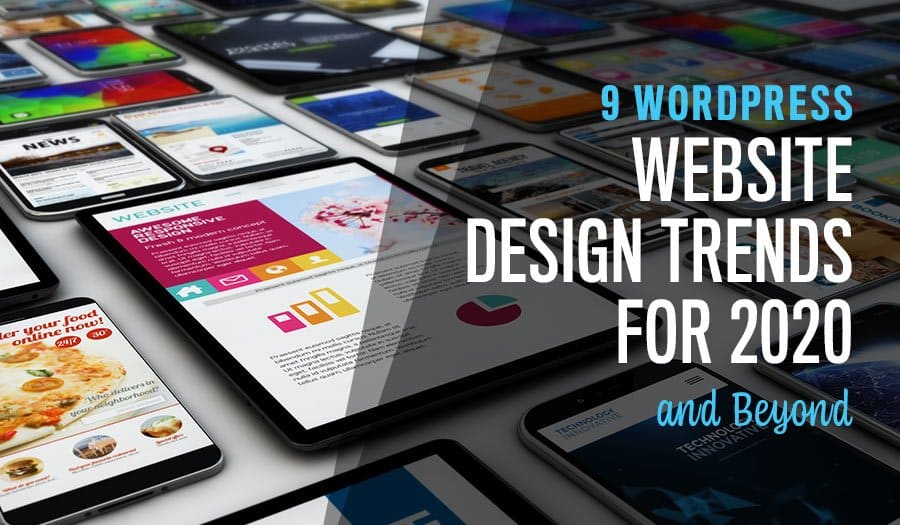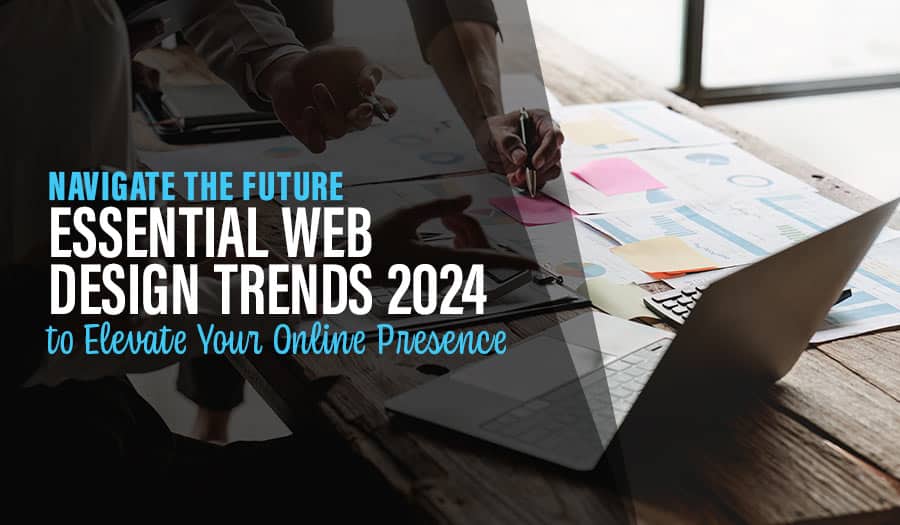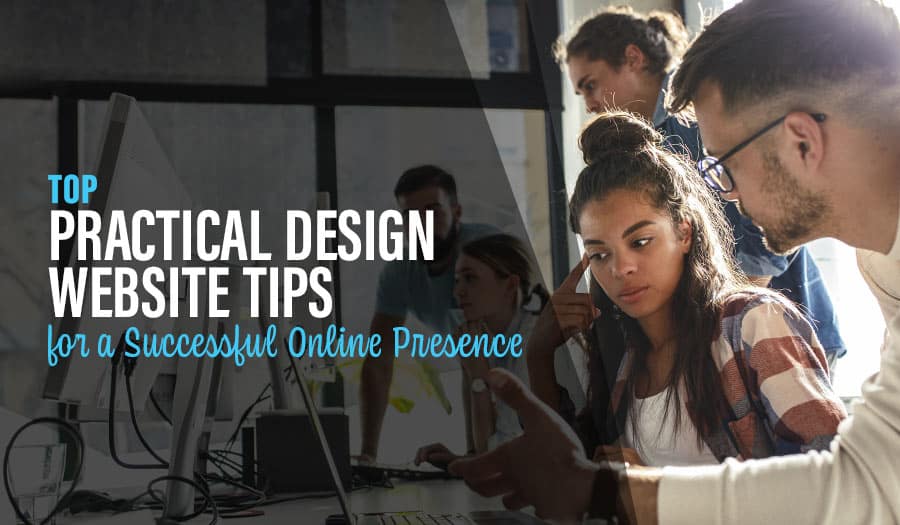It seems like the world is waking up from a trance. Australia first began lifting its lockdown restrictions in late April, and has continued with a June 1 “Phase 2” of easing up in parts of the country. We’re not close to ‘business as usual’ yet. But around the country, businesses are beginning to look towards the future. Lets look at some WordPress Website Design Trends.
You had to adjust on the fly if yours is like many small and medium-sized businesses. That meant changing your online presence and maybe even your entire business model. Now that things are beginning to approach a sense of normalcy, what’s the next step?
For many organisations, it’s moving from plasters to actual healing. That means, among many other things, that the website you put together on the fly now has the space for a serious overhaul. It’s time to build an online presence that can sustain and support your business both now and years into the future.
We’ve written about the many benefits of WordPress, especially in this environment, in the past. Today, we’ll dive deeper into the trends defining this comprehensive web development platform. These trends, in turn, can help you with a comprehensive WordPress web design project to drive your business into the future.
9 WordPress Website Design Trends
- The Evolution of Minimalism
- Accessibility as a Key Feature
- From Mobile-Friendly to Mobile-First
- Interactivity at Every Move
- Boldness Where Appropriate
- Vibrant Visuals
- The Rise of Dark Mode
- eCommerce Capabilities
- Deep Third-Party Integrations
9 WordPress Website Design Trends
1. The Evolution of Minimalism
If you’re as invested in web design as we are, you’ve heard about the minimalism design trend for years. Less is more, especially when it comes to getting your audience to pay attention to what matters most.
We’re seeing almost a version 2.0 of the age-old trend now. It’s still minimalism, but with stylistic features that can still make your site and business stand out from others. Some examples include:
- Vibrant colours stand out against a simple background.
- Whitespace is used in unexpected, sometimes even asymmetric spaces.
- Bold headlines (more on that later) that clash with the seemingly simple body text.
- Strategically used gradients layering over images and backgrounds.
2. Accessibility as a Key Feature
When you adjusted your web presence, you probably didn’t think too much about accessibility. But in reality, it’s crucial and only becoming more important. Put simply, every modern successful website should be designed with vision-impaired audiences in mind.
In Australia alone, more than 500,000 people are vision-impaired. Statistics like that are why Australian web accessibility laws are becoming more stringent, and Google places a major emphasis on accessible websites in its rankings.
Fortunately, WordPress is prepared. The platform has put together a massive resource database for web accessibility, and all of its website builder tools are specifically built with accessibility in mind. This is one trend you do not want to miss for the good of your company and your customers.
3. From Mobile-Friendly to Mobile-First
Yes, your website needs to be mobile-friendly. It automatically is when you build it on WordPress and with the right partner. But in 2020, it’s time to take that concept one step further.
The majority of your audience likely visits your website from a mobile device. That means you should prioritise mobile above the desktop, which is quite the adjustment. Just a few recent attempts we’ve seen at accomplishing that feat include:
- Reducing the number of pages on your site for easier navigation, even going to single-page websites in some cases.
- Reducing the text, and increasing the visuals on your website.
- Auto-click functions optimised for smartphones, like phone numbers that result in a call with a single tab.
4. Interactivity at Every Move
In 2020, your audience is no longer passive. They want to be an active part of the website experience and demand that you accommodate them accordingly. That means, quite simply, building interactivity throughout your website.
That interactivity can be simple but also get complex. The choice is yours, but we’ve seen a mix of the below be especially effective—not to mention easy to implement with a CMS like WordPress:
- Contact forms that allow your audience to reach out to you directly with any questions or follow-ups.
- Live chat integrations for real-time interactions with your company, either via chatbot or a human representative.
- Interactive media, like video or even virtual reality integrations, lead your audience more deeply into your brand experience.
- So-called micro-interactions, are buttons or infographic statistics that change and evolve at hover-over or click. These interactions guide your users into the clicks you want them to take.
5. Boldness Where Appropriate
Yes, to simplicity. Yes, to being mobile-friendly. But you also need to be bold. In fact, those trends above actually enable you to be bolder than you might have thought.
The time of subdued websites is over. When your audience spends only a few seconds on your site, you have to ensure they’re impressed enough to stay. Long paragraphs of text won’t be enough. Instead, convince them to stay through what we’ll call ‘selective boldness’.
Start with your typography. Should your headline really take over the entire width of the page? In certain situations and for certain businesses, that might actually make sense! Bold font choices allow you to grab your audience’s attention at the blink of an eye.
Your choice of colour takes on similar importance. According to one study, 90% of our initial assessment of products and businesses is based on their colour. Use colour to make the most important parts of your site and individual pages stand out.
6. Vibrant Visuals
Your visual choices, of course, go beyond the colour. All of your visuals should be strategically chosen; in 2020, this will become a core way to communicate with your audience without using so much as a single word.
WordPress gives you the templates and space to allow visuals to take centre stage. Make the most of it. Whether you use full-width pictures to highlight your business and product of wistful illustrations of your business model, these visuals can make or break the impression your audience will get when they first arrive at your website all the way to the final conversion.
7. The Rise of Dark Mode
Have you heard about dark mode? It started more than a decade ago as a way for programmers to avoid eye strain when staring at their computer screen for hours at a time. Now, it’s become popular on social media platforms and even Windows and MacOS for much the same reason.
The feature has become so popular that Mashable declared 2019 the ‘Year of the Dark Mode‘. Now, the same trend is coming to web design, as well.
At its simplest, dark mode in web design means adopting a dark colour palette with reversed trends; a light font on a dark background, perhaps. But it can get more complex and automated, as well. For instance, you can now download a WordPress Dark Mode plugin that turns your website dark on demand.
The reduced eye strain is a major benefit, and so is the lower power usage of any screen showing dark mode apps or websites. But most importantly, you’ll be going along with a trend that milions of users have begun to adopt.
8. eCommerce Capabilities
Let’s go back to the direct consequences of COVID-19. Countless businesses had to figure out how to produce revenue online, and WordPress was a welcome platform to quickly build eCommerce capabilities. Now that the economy is beginning to right-size itself, where will the trend go?
To make it simple: eCommerce is not going away. Not even close. Most experts predict a slow recovery of in-person shopping, with ‘Phase 2’ still placing restrictions on retail businesses. And even beyond these restrictions, it will be months at least until the same comfort level of walking into a store will exist as it once did.
That means now is a perfect opportunity to build out and professionalise your eCommerce operations. Through WordPress, you can optimise your entire website to highlight your products and sell your wares. Even if it’s just a supplement to your in-person business, these online capabilities will remain crucial going forward.
9. Deep Third-Party Integrations
Finally, preparation for the future would not be complete without a more fully integrated online presence. You likely use email marketing to reach your prospects and current customers. You might even have them stored in a database or use surveying software to learn more about them.
Are you capturing all of that data on your website? Can you easily transfer contacts gained through a WordPress contact form to your prospect database? Can you send emails based on what pages on your site your audience has visited?
You could. One of the core benefits of WordPress is the many integrations available. You can ensure your website functions perfectly with your other consumer, marketing and sales-based solutions through the right plugins and APIs. You just have to build those connections.
Ready to Optimise Your WordPress Website?
Of course, these are just a few of the many WordPress website design trends arriving now and in the near future. Are you ready to implement them and drive your business forward?
If so, you might need a partner. That’s where we come in. Our expertise in WordPress is a perfect fit for businesses looking to optimise their presence. Contact us today to start the conversation.
Speak to the WordPress experts and take your business to the next level with a Pixel Fish Website.
Check out some of our latest Website Design projects.
Further Reading
10 Top Reasons to use Gravity Forms
8 Social Media Plugins for Your WordPress Website
Read More
Why a Single Page Website Could Be the Perfect Launch Pad for Your Small Startup Business
5 Reasons Quality Copywriting Matters for Your Website
Why Your Website Should Start With Why
Why Your Business Needs Social Media Website Integration
Understanding SEO vs SEM vs SMM
5 Steps on How to Optimise Your Website Images for Online Success
8 Cutting-Edge Web Design Trends to Incorporate Into Your Website
Top 20 Website Accessibility Tips for Creating a W3C Website
How to Keep Your Website Relevant so Your Customers Return for More
5 Reasons to the Switch to WordPress Web Design
Digital Marketing Trends to Watch for in 2016



